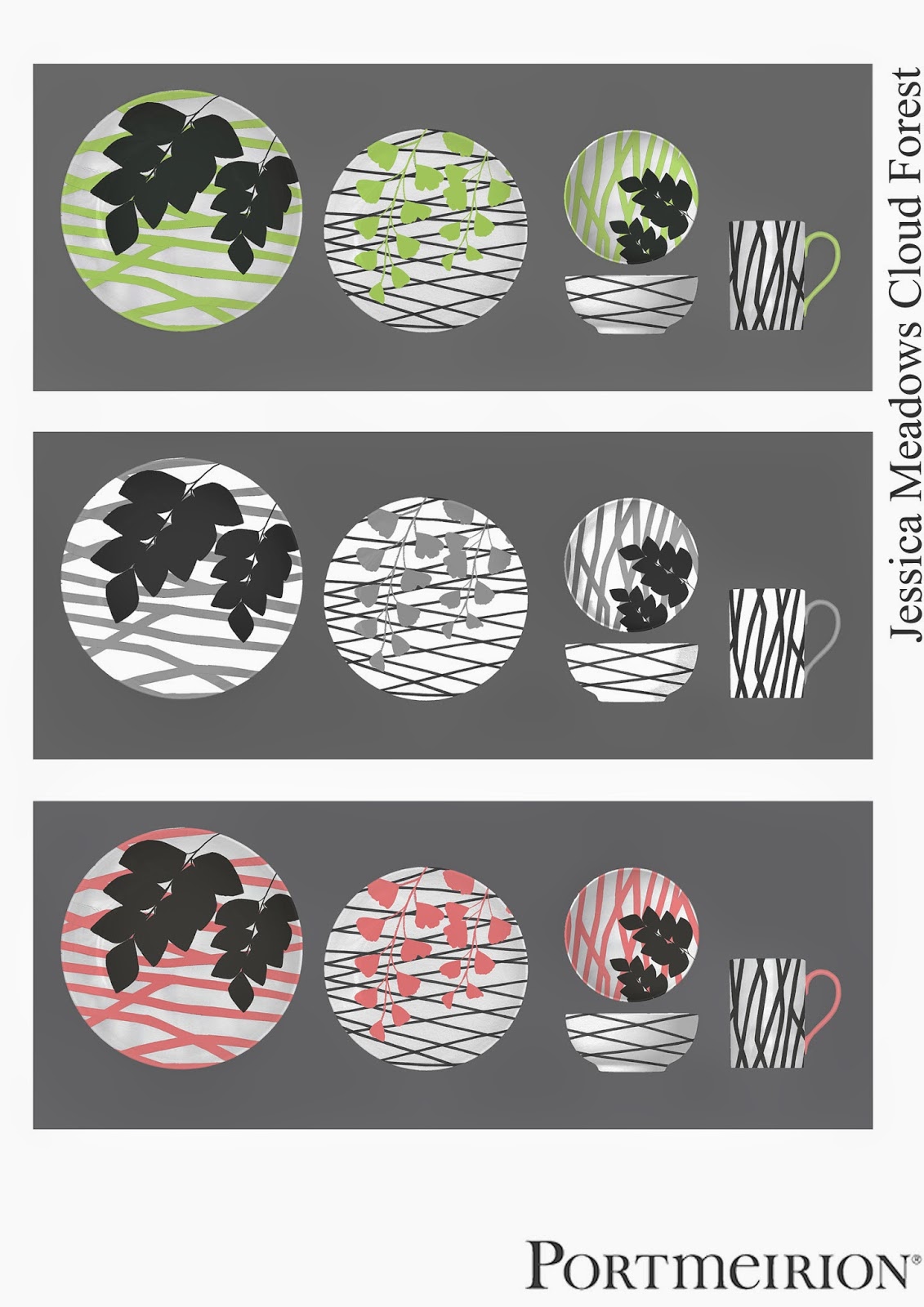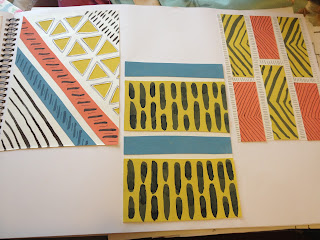1900-10:
Education Welfare, Suffragettes
formed in 1903, social status, liberal party, labour party formed, Selfridges
founded in 1909, Charles Frederick Worth, Paul Poiret, Bloomsbury Group founded
in 1910.
1910-20:
Titanic 1912,women’s role in society
in terms of work and vote, Coco Chanel, clothes became more practical, WW1, Land
girls army, Cars and Planes, 1910 sewing
machine invented.
1920-30:
Jazz music, alcohol, cigarettes, Art
Deco, Dada, Surrealism, Women given the vote, Flapper girls, women working,
1930-40:
First Televisions in homes, Wall street crash, Holiday camps, WW2, Women working in mens roles.
1940-50:
WW2 ends, NHS, Rock and Roll, Austerity Olympic games in Britain.
1950-60:
Festival of Britain, Queen Elizabeth II, The Cold War, Beatniks,
1960-70:
The Beatles, England wins World Cup, Mini-Skirt, Swinging London.
1970-80:
3-day working week, Vietnam,
Thatcher, Andy Warhol, Flares, Free-love, Missoni
1980-90:
Gay rights, Fall of Berlin Wall,
Falklands, Live Aid, Power suits, Club culture
1990-2000:
Death of Princess Diana, Spice Girls, Designer Logos, Internet, Mobile phones for the masses.





































